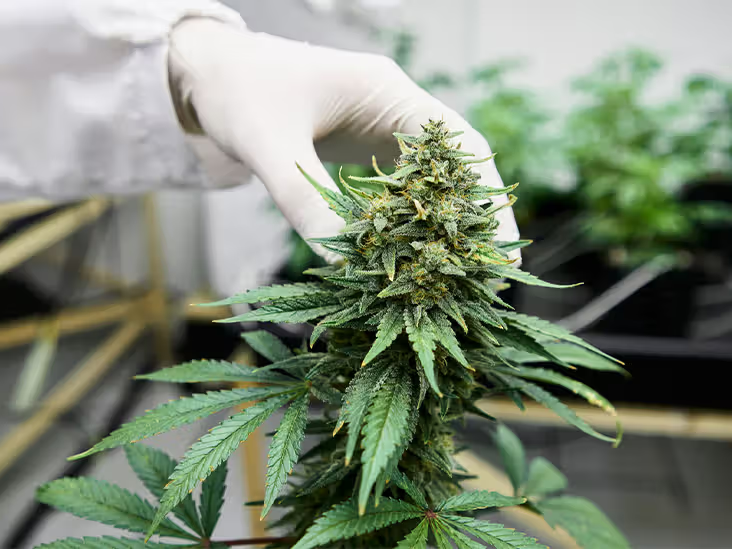Weed in Vinnytsya: An Emerging Social Issue in Central Ukraine

Vinnytsya, a picturesque city in central Ukraine, has long been known for its rich cultural heritage, scenic parks, and vibrant community life. Located along the Southern Bug River, it serves as a hub of education, industry, and commerce in the region. However, in recent years, a growing issue has emerged in the city that reflects broader social changes in Ukraine: the increasing use of cannabis, or “weed.” Although cannabis remains illegal in Ukraine, its use has been steadily rising, particularly among young people. This trend is raising questions about public health, social norms, and the effectiveness of current drug policies in Vinnytsya. on Weed in Vinnytsya .
The Legal Landscape of Cannabis in Ukraine
Cannabis is illegal in Ukraine, and the country has strict laws governing its use. Possession of more than small quantities of cannabis can lead to criminal charges, including fines, imprisonment, and compulsory rehabilitation. In 2020, the Ukrainian government passed a law allowing for the use of medical cannabis in certain circumstances, but recreational use remains illegal.on Weed in Vinnytsya .
Despite the harsh penalties associated with cannabis use, marijuana is one of the most widely consumed illicit drugs in the country. In Vinnytsya, cannabis is no exception, with its availability and use growing steadily in recent years. This trend is largely driven by changing attitudes toward marijuana, especially among the younger population, and the increasing ease with which it can be obtained on the black market.on Weed in Vinnytsya .
The Growing Popularity of Cannabis in Vinnytsya
Cannabis use in Vinnytsya, like in many other parts of Ukraine, is particularly prevalent among young people. For many, marijuana has become a recreational substance, consumed at social gatherings, private parties, or in public parks. on Weed in Vinnytsya .
This perception, combined with the growing availability of marijuana in the city, has made cannabis a popular choice for many looking for an affordable and less harmful recreational drug.
One factor contributing to the rise in cannabis use is the economic challenges faced by young people in Vinnytsya. The city has seen rising unemployment rates and financial instability, which can lead to stress, anxiety, and feelings of disillusionment. In this context, cannabis provides a temporary escape from the pressures of daily life.
The Black Market for Cannabis in Vinnytsya
Despite its illegal status, cannabis is widely available in Vinnytsya through the black market. Like many other parts of Ukraine, Vinnytsya is connected to a larger underground network that smuggles cannabis into the country, often from regions with more lenient drug policies.
The black market for cannabis in Vinnytsya is a major concern for both public health and law enforcement.
The black market also fuels criminal activity in Vinnytsya, with drug trafficking networks contributing to organized crime. Despite the efforts of the authorities, the demand for cannabis continues to drive the illegal trade in the city.
Health and Social Implications of Cannabis Use
The increasing use of cannabis in Vinnytsya has raised several public health and social concerns.
Regular cannabis use has been linked to a variety of mental health issues, including anxiety, depression, and cognitive impairment.
Cannabis use can also impair judgment, reaction time, and motor coordination, which increases the risk of accidents and injuries.
Moreover, there are concerns about the social consequences of widespread cannabis use. For some, cannabis could be seen as a gateway to experimenting with other, more dangerous substances.
The Debate Over Legalization
As cannabis use continues to grow in Vinnytsya, the debate over the legalization of marijuana in Ukraine has gained momentum. Legalization could also reduce the burden on law enforcement and allow authorities to focus on more serious criminal activities.
Countries such as Canada and several U.S. states have successfully implemented marijuana legalization and have seen positive economic and social outcomes. Advocates believe that Ukraine could benefit from a similar approach.
However, opponents of legalization argue that it could send the wrong message to society, particularly to young people.
Conclusion
Cannabis use in Vinnytsya is an issue that reflects broader trends in Ukraine and other parts of the world. Despite its illegal status, marijuana is becoming more accessible and widely used, particularly among young people. The black market for cannabis continues to thrive, exposing users to potential health risks and contributing to criminal activity.
As the debate over cannabis legalization continues to gain traction, Vinnytsya will need to confront the social, legal, and health implications of rising cannabis use. Only time will tell how Vinnytsya navigates these challenges in the coming years.
You’re the best when it comes to marijuana products , always taking care of me. Definitely recommending you to my friends. Thanks for the quick delivery .Really happy with the product .As usual, it’s top-notch. Keep it up you. you can contact them on email Scenthub43@gmail.com and also there Telegram : https://t.me/Scenthub43
wow Thanks for the referral they have great service and got the best weed around. and the delivery is so smooth.

Thanks for always being reliable! I can always count on you for good product.
You’re the go-to in the area for a reason. Always a smooth experience